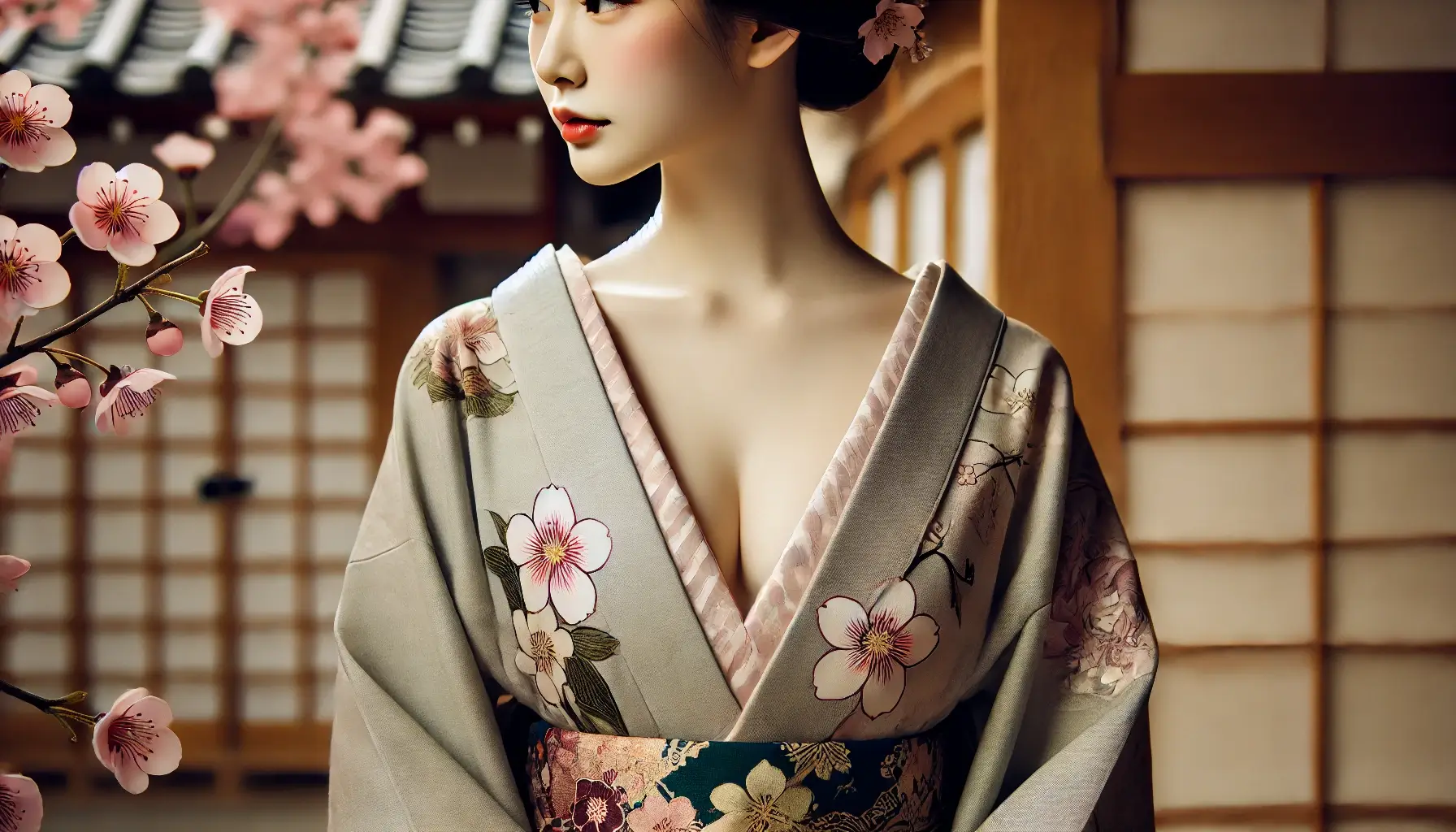Japanese sexual culture is a blend of religious traditions, age-old values, and modern sensibilities. Unlike some religious teachings that shy away from sexual matters, Japan’s indigenous Shinto beliefs and Buddhist influences treat sexuality as a natural part of life. But over time, Western ideas and modern social expectations have reshaped these perceptions. This article dives into how Japanese sexual culture has evolved, its connection with religious traditions, and how it’s adapting to the modern world.
1.Shinto and the Symbolism of Sexuality
Japan’s native religion, Shinto, has historically embraced sexuality as a source of life. Myths surrounding creation gods Izanagi and Izanami, who birthed the Japanese islands, depict sexual acts as natural and fundamental to life. Rather than seeing sex as taboo, Shinto reveres it as part of existence itself.
Local festivals and shrines dedicated to fertility have deep roots in Japanese culture. Examples include the Kanamara Festival in Kanagawa and the Hōnen Matsuri in Aichi, where phallic symbols are carried in processions celebrating fertility and abundance. These festivals, still popular today, highlight the deeply ingrained cultural acceptance of sexuality as sacred and life-giving.
2.Buddhism’s Influence and Sexual Ethics
Buddhism, introduced in the 6th century, brought different views on sexuality, often emphasizing the control of desire. Buddhist teachings generally discourage indulgence, including sexual activity. But in Japan, Buddhism fused with Shinto practices rather than enforcing strict prohibitions. This fusion allowed for a more balanced view where sexuality wasn’t outright condemned, but rather, humanized as part of the path to spiritual understanding.
In many temple artworks, sexual imagery was more a reflection of human life than a moral judgment. Buddhist influences brought a nuanced perspective on sexual desires, valuing restraint while still seeing sexuality as a natural human experience. This perspective fostered an openness where sexuality could be acknowledged, but not excessively emphasized.
3.The Meiji Restoration and Introduction of Western Morality
With the Meiji era came rapid Westernization and a shift in moral standards, influenced heavily by Christian ideals. Victorian-era attitudes were imported along with modern institutions, stigmatizing open discussions of sex and sexuality. This period saw a clampdown on previously open expressions of sexuality, as Western morals began to dictate what was deemed “appropriate” for public life.
This shift also affected traditional celebrations and shrines, many of which started to decline in prominence. While cities saw a rise in regulated adult industries, societal norms increasingly encouraged discretion and reservation in sexual matters. Thus, Japanese society began balancing traditional beliefs with the new moral expectations that emerged in this era.
4.Sexual Culture in Modern Japan: A New Balance with Religion
Today, Japanese views on sexuality are as diverse as ever. With internet culture and social media providing more outlets for expression, traditional taboos are being reevaluated, especially by younger generations who favor open conversations on sexuality. This openness represents a shift back towards Shinto values, which held sex as a natural part of life.
Moreover, some Shinto shrines and Buddhist temples have evolved with the times, offering charms and blessings for relationships, marriage, and fertility. These modern practices reflect a revival of traditional attitudes that honor sexuality within the sanctity of relationships. This re-emerging cultural acceptance, blended with modern social dynamics, creates a unique approach to sexuality in Japanese society.
Conclusion
Japan’s sexual culture today is an intricate tapestry of Shinto, Buddhist, and Western influences, evolving to meet the needs of each new generation. While modern Japanese society may no longer observe sexuality as openly as in past centuries, a reverence for the connection between life and sexuality remains embedded in its cultural roots.
As it continues to adapt to both domestic and global pressures, Japanese sexual culture retains a core respect for fertility and natural life cycles, even as it incorporates modern attitudes. Japanese culture stands at the crossroads of tradition and modernity, reflecting both a rich past and an evolving future. The fusion of religion, history, and contemporary ideals will likely ensure that Japanese perspectives on sexuality remain as diverse and dynamic as the country itself.




Comment